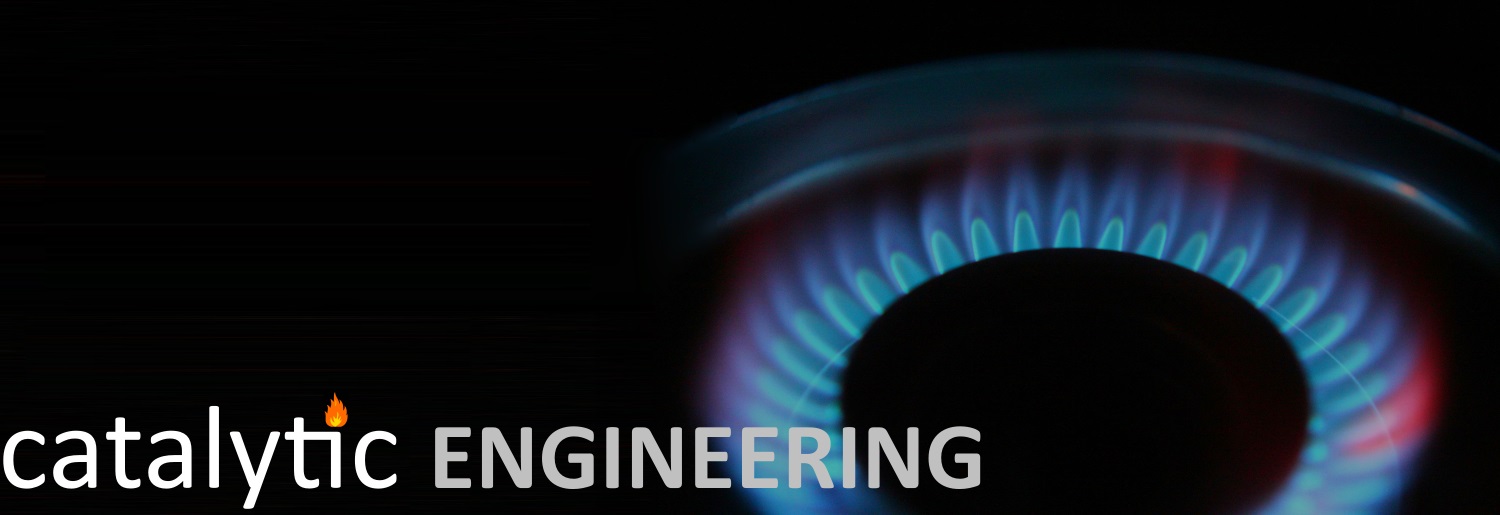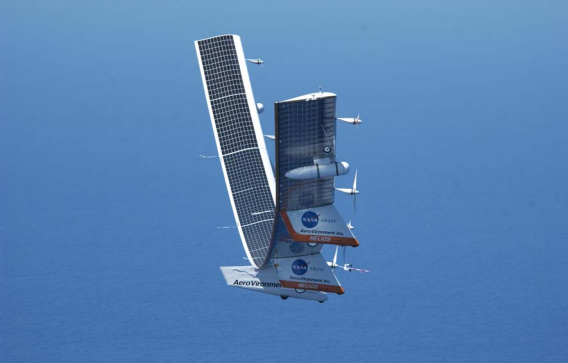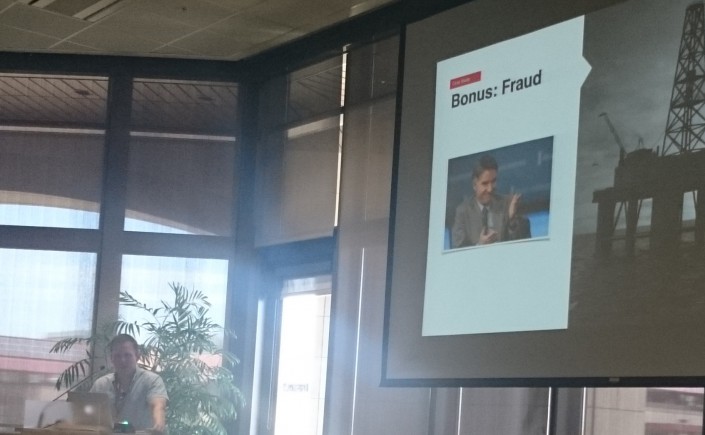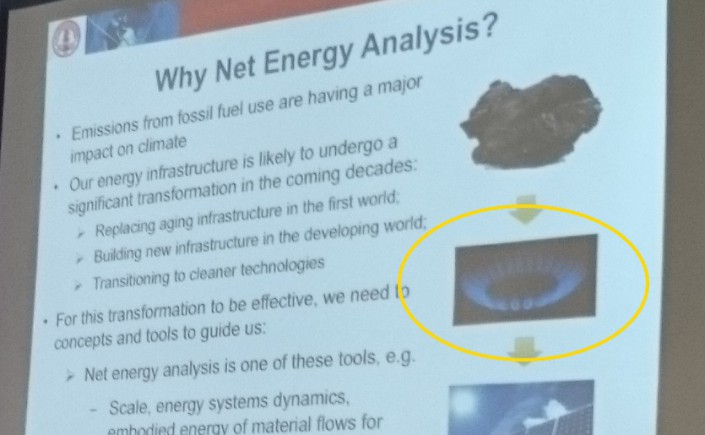The NASA ERAST program was a 1990-2000s effort to develop an unmanned (but remotely-piloted) drone. It used solar panels and batteries to fly for a day at a time, and several generations of prototypes were developed by Monrovia, CA company AeroVironment. In an effort to get continuous flight, the batteries of one of the last prototypes, Helios Prototype 03, were supplemented by a fuel cell system with high system energy density.
The original design concept was to use a paired electrolyzer / fuel cell system that could generate hydrogen and oxygen during the day and store it, and then feed the gases into a fuel cell to supply electric power at night. These are almost certainly the Giner stacks mentioned in a 2001 press release.



